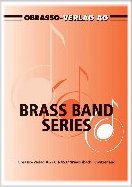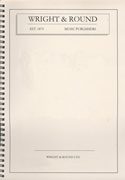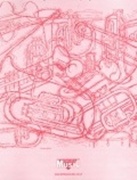We've found 1000 matches for your search. Order by
Results
-
 £38.80
£38.80BRITISH LEGION, The (Brass Band Marchcard) - Bidgood, Thomas - Smith, Sandy
Official March of the Royal British Legion. Grade: easy
Estimated dispatch 7-14 working days
-
 £33.00
£33.00God Bless The Prince of Wales (march) (Brass Band - Score and Parts)
-
Estimated dispatch 7-14 working days
-
 £26.50
£26.50 -
 £26.50
£26.50 -
 £26.50
£26.50 -
 £47.60
£47.60MARCHE DE LA POMME DE TERRE (Brass Band) - Ratnik, Peter
March of the Potato. Grade: easy.
Estimated dispatch 7-14 working days
-
 £26.50
£26.50 -
 £19.50
£19.50PRINCE OF DENMARK'S MARCH (Soprano Cornet/Brass Band) - Gay, Bram
Soprano Cornet & Brass Band
Estimated dispatch 7-14 working days
-
 £26.50
£26.50 -
 £26.50
£26.50Sons of Liberty (patriotic march) (Brass Band - Score and Parts)
-
Estimated dispatch 7-14 working days
